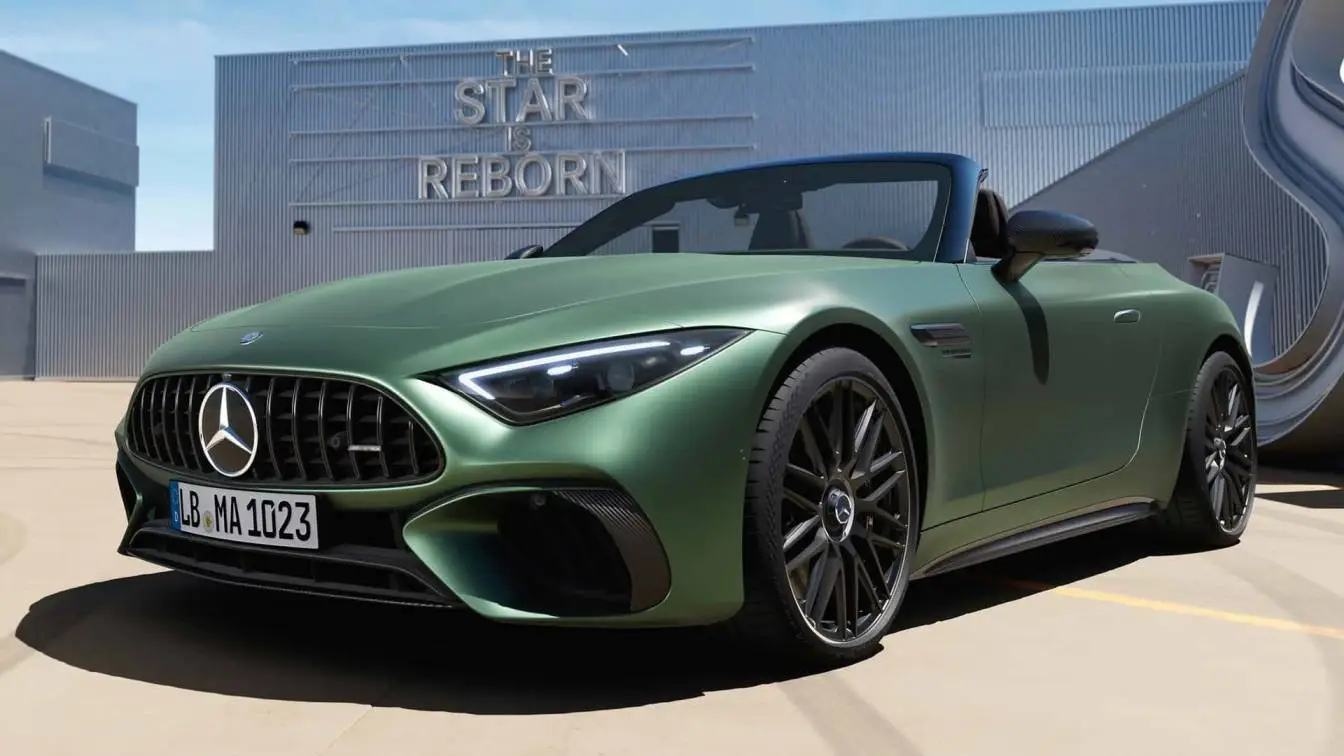Aston Martin DB4:
The DB4 coupe originally shown at the London Motor Show in 1958. Carrozzeria Touring of Milan developed its gorgeous body, which is made up of aluminium panels supported by a tubular frame and houses a new and exceptionally powerful 240bhp 3.7-litre straight-six engine. For its day, the DB4 was believed to be exceptionally quick, capable of accelerating from 0 to 100 mph and stopping in less than 30 seconds. Three years later, a convertible derivative debuted, but by then, two other key advancements had occurred.
Aston Martin DB4 GT Zagato:
The DB4 was upgraded in two stages. First, Aston developed the DB4 GT, which was shorter, lighter, had faired-in headlights, and a more powerful engine. Only 75 were constructed, yet this made it nearly a mainstream car when contrasted to the version created in 1960 by another Italian coachbuilder, Zagato. This model had even lighter bodywork, a more aerodynamic design, and an even more visible headlamp fairing. Only 19 were manufactured before production was halted. Because of their scarcity, they are extremely expensive nowadays; one was sold for $9.52 million at an auction in Monterey, California, in August 2021.
Auto Union 1000:

In the 1930s, Auto Union was the umbrella title for four previously separate but now unified German manufacturers, as well as a line of extremely powerful Grand Prix automobiles. It was abandoned after WWII but reintroduced in 1958 when it was applied to the 1000 saloon. This was essentially a rebadged DKW Sonderklasse, but the engine's 896cc three-cylinder two-stroke displacement was increased to 981cc, as indicated by the model’s name.
Auto Union 1000 Sp:
The basic 1000 could be described as lovely, but calling it beautiful is at least one step too far. In stark contrast, the 1000 Sp sports variant was visually stunning in both coupe and convertible configurations. These cars shared some stylistic characteristics with, and may have been directly influenced by, the first-generation Ford Thunderbird, despite the fact that the latter was only available as a convertible. All confusion between the 1000Sp and the T-bird would have evaporated as soon as the engines were turned on, as Auto Union's 1.0-litre two-stroke sounded considerably different from Ford's large V8.
DKW Sonderk lasse:
As we said while discussing the Auto Union 1000, the Sonderklasse was a compact German car powered by a two-stroke engine, the sort that propelled DKW's success as a car and motorcycle maker. DKW also specialised in front-wheel drive, which was still a rare, if not unique, characteristic when the Sonderklasse was introduced in the early 1950s.
Citroën Mehari:
The Mehari was mechanically identical to the 2CV, but its plastic bodywork lacked a roof (though a detachable one was available) and provided little protection from the weather. This was fine when the weather was nice, and the Mehari was an excellent choice for anyone looking for a cheap and dependable beach car. More seriously, it was also distributed to the French troops. A four-wheel drive variant was also available for a short, but unlike the 2CV Safari, which had an engine and a gearbox at each end, the Mehari only had one of each.
DKW Monza:

The Monza was an aerodynamic, plastic-bodied coupe based on DKW's Sonderklasse running gear and chassis, which were provided directly (for a while) and constructed at various times by three German businesses. In 1956, at the same-named Italian track, a Monza broke new world speed records for cars with engines of up to 1100cc over 4000 miles, 5000 miles, 10,000 kilometers, 48 hours, and 72 hours, all at roughly 140km/h. Until the Monza, all records stood at 123 kilometers per hour (76 mph). Production ended after DKW developed the Auto Union 1000 Sp and determined that it made no sense to supply parts to a competitor's manufacturer.
Ford Cortina:
Ford produced Cortinas in four (or five, depending on how you count) generations between 1962 and 1982. For reasons that will become clear later, we're interested in the Mk2, which resembled the modern US-market Falcon. According to the Society of Motor Manufacturers and Traders, this was the most registered car in the United Kingdom in 1967. It came in two- or four-door saloon or five-door estate body styles, and while the 1.6-litre Lotus Twin Cam engine was available, there was no dedicated sports model in the lineup.
Ford Sierra Cosworth:
The standard Sierra debuted in 1982, after the Mk2 Escort was canceled, leaving Ford of Europe without a car capable of winning international motorsport competitions. This resulted in the development of the RS Cosworth, which had a turbocharged version of the classic Pinto engine with a 16-valve cylinder head and was outfitted with aerodynamic assistance. Despite the subsequent inclusion of four-wheel drive, the Sierra proved to be too huge and heavy for rallying, but it did win a World Championship round in 1988. Things were drastically different on the track, where the Cosworth had dominated Touring Car racing for several years.

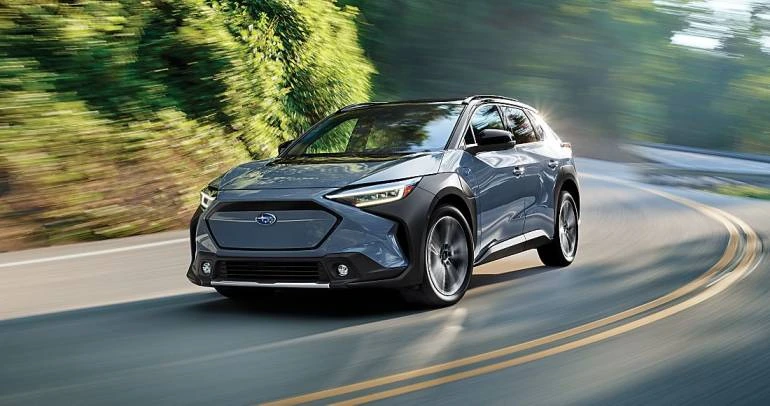
.webp)
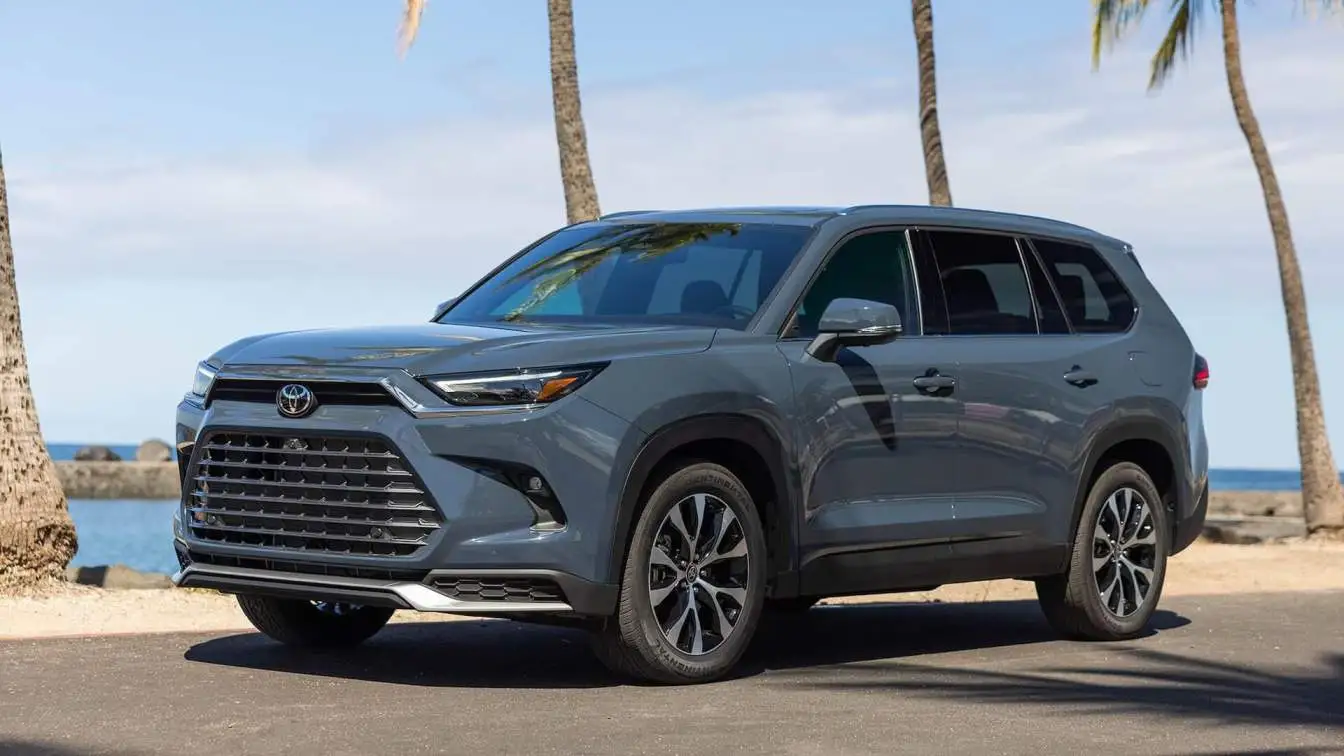
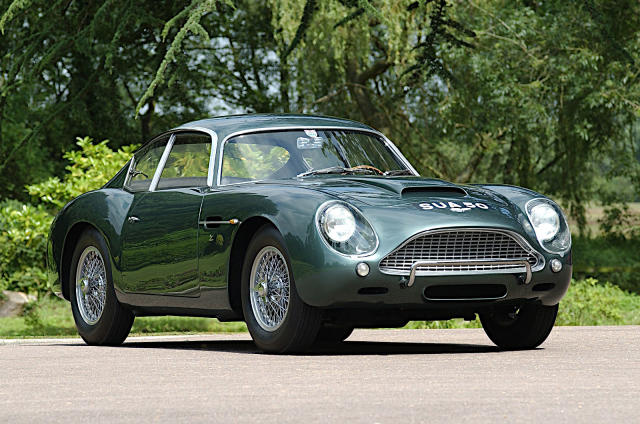
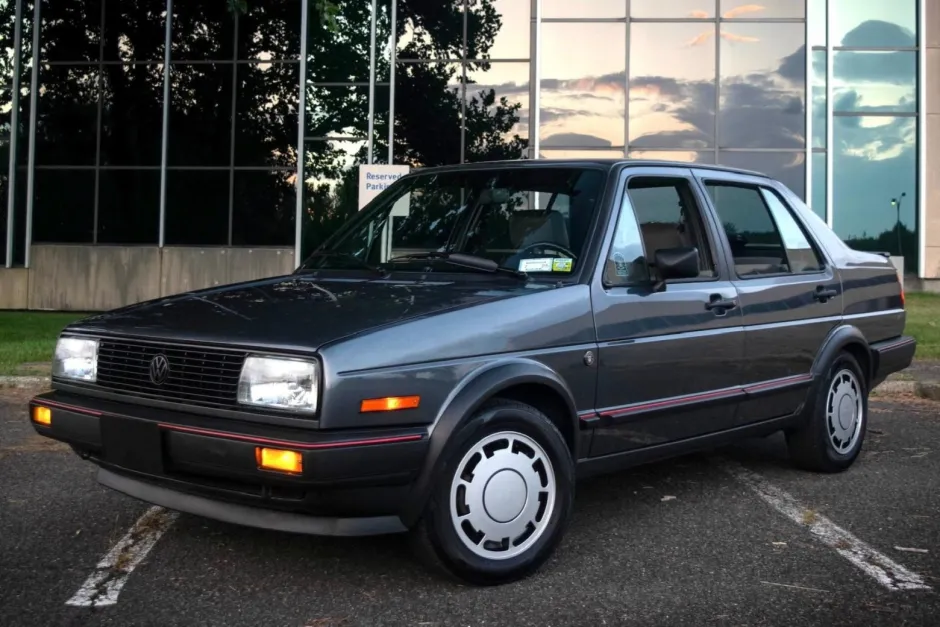
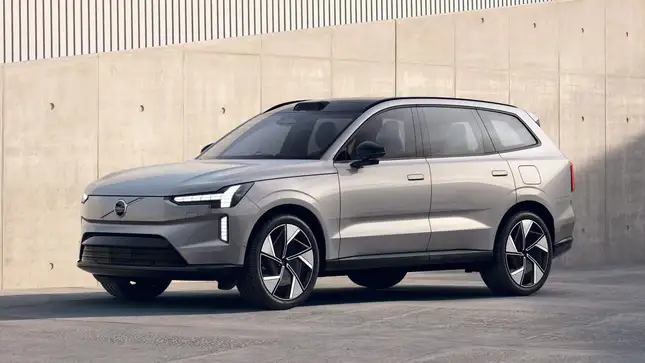
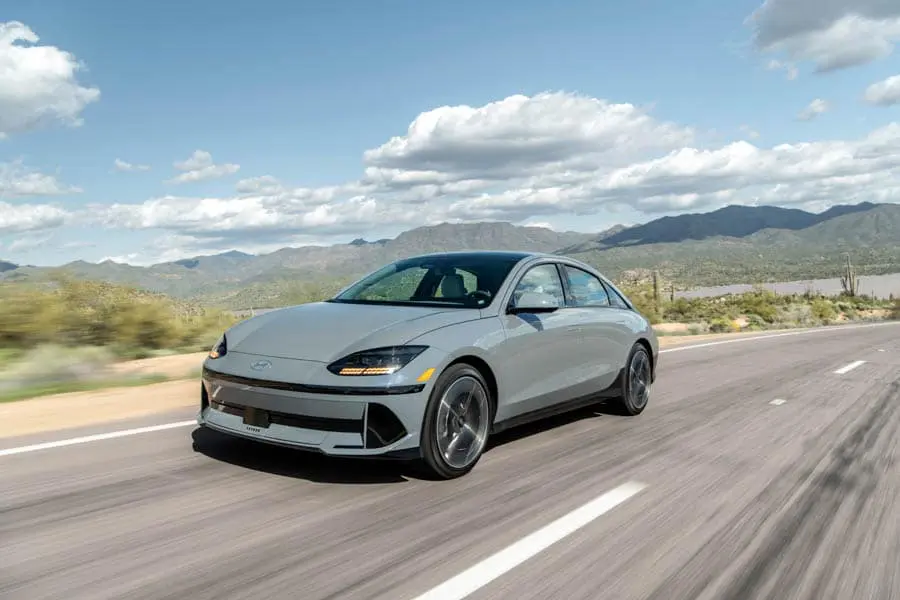
.webp)
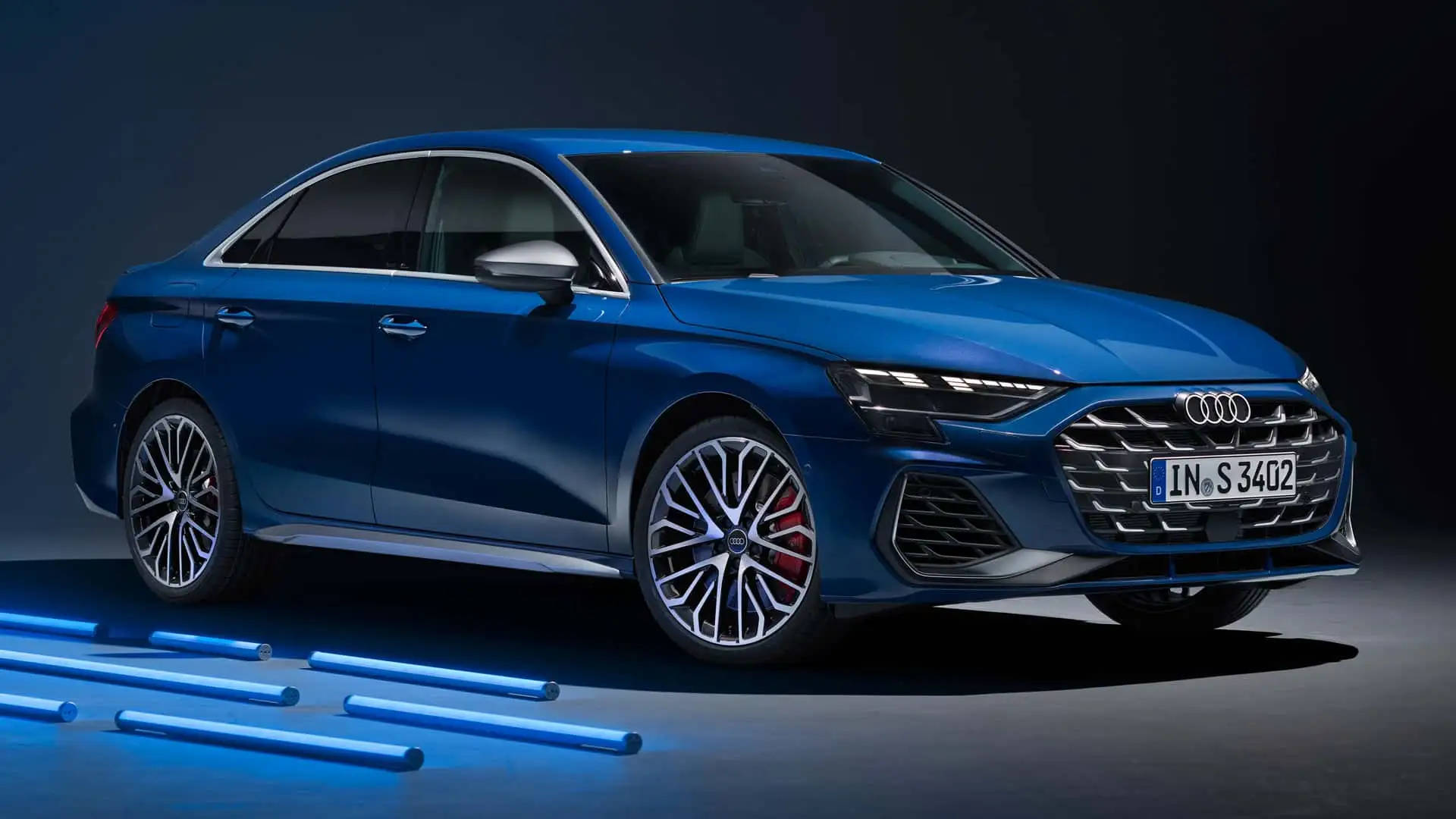
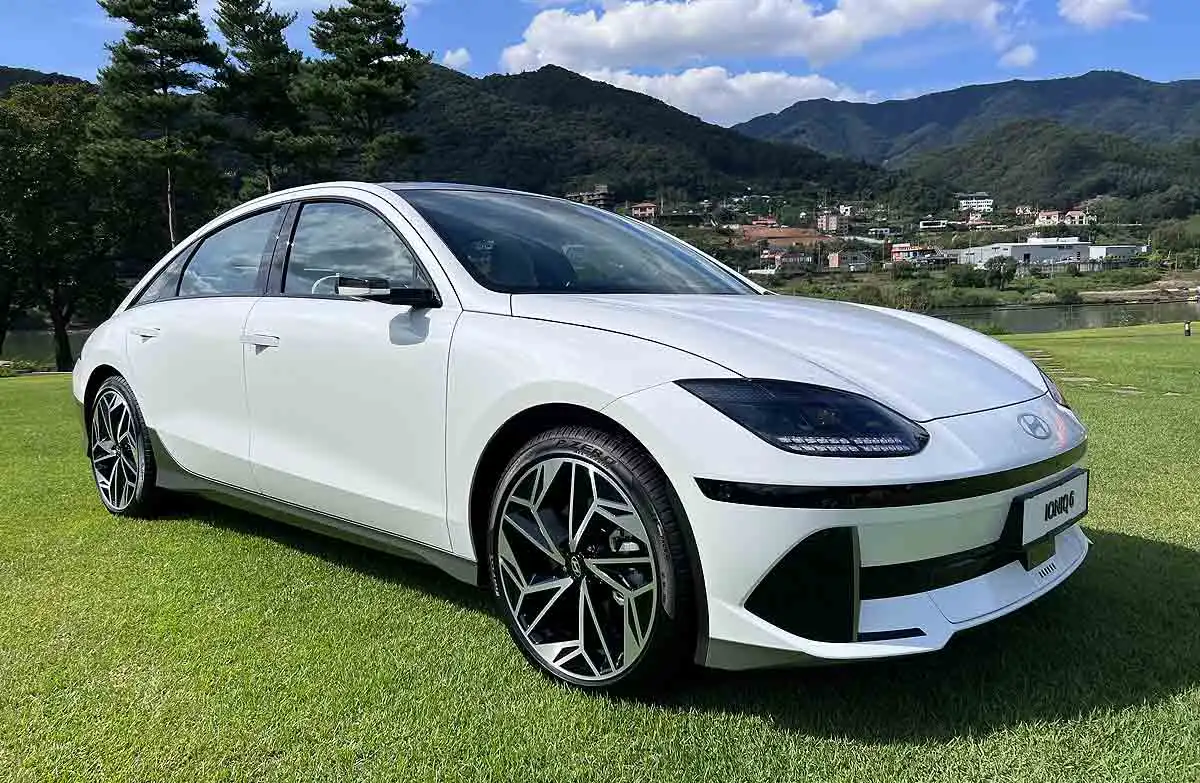
.webp)
